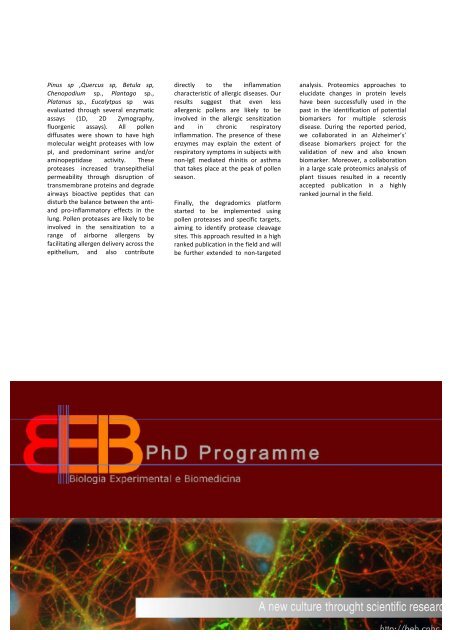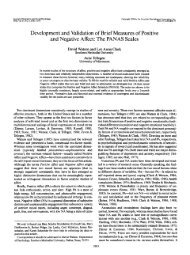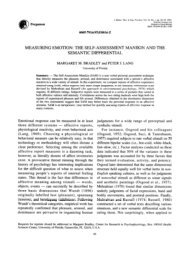Annual Report of Activities CNC 2011 - Center for Neuroscience and ...
Annual Report of Activities CNC 2011 - Center for Neuroscience and ...
Annual Report of Activities CNC 2011 - Center for Neuroscience and ...
You also want an ePaper? Increase the reach of your titles
YUMPU automatically turns print PDFs into web optimized ePapers that Google loves.
Pinus sp ,Quercus sp, Betula sp, Chenopodium sp., Plantago sp., Platanus sp., Eucalytpus sp was evaluated through several enzymatic assays (1D, 2D Zymography, fluorgenic assays). All pollen diffusates were shown to have high molecular weight proteases with low pI, <strong>and</strong> predominant serine <strong>and</strong>/or aminopeptidase activity. These proteases increased transepithelial permeability through disruption <strong>of</strong> transmembrane proteins <strong>and</strong> degrade airways bioactive peptides that can disturb the balance between the anti-‐ <strong>and</strong> pro-‐inflammatory effects in the lung. Pollen proteases are likely to be involved in the sensitization to a range <strong>of</strong> airborne allergens by facilitating allergen delivery across the epithelium, <strong>and</strong> also contribute directly to the inflammation characteristic <strong>of</strong> allergic diseases. Our results suggest that even less allergenic pollens are likely to be involved in the allergic sensitization <strong>and</strong> in chronic respiratory inflammation. The presence <strong>of</strong> these enzymes may explain the extent <strong>of</strong> respiratory symptoms in subjects with non-‐IgE mediated rhinitis or asthma that takes place at the peak <strong>of</strong> pollen season. Finally, the degradomics plat<strong>for</strong>m started to be implemented using pollen proteases <strong>and</strong> specific targets, aiming to identify protease cleavage sites. This approach resulted in a high ranked publication in the field <strong>and</strong> will be further extended to non-‐targeted analysis. Proteomics approaches to elucidate changes in protein levels have been successfully used in the past in the identification <strong>of</strong> potential biomarkers <strong>for</strong> multiple sclerosis disease. During the reported period, we collaborated in an Alzheimer’s’ disease biomarkers project <strong>for</strong> the validation <strong>of</strong> new <strong>and</strong> also known biomarker. Moreover, a collaboration in a large scale proteomics analysis <strong>of</strong> plant tissues resulted in a recently accepted publication in a highly ranked journal in the field. 38






